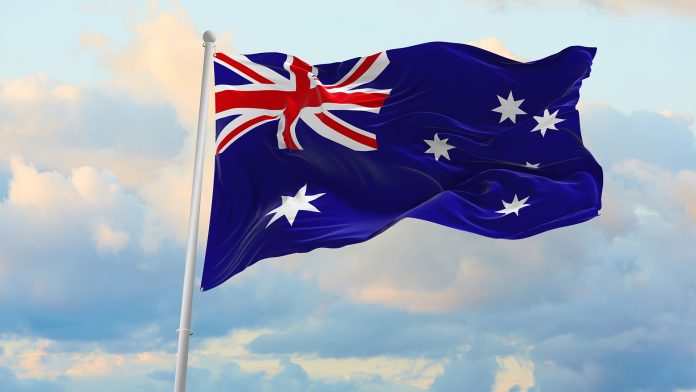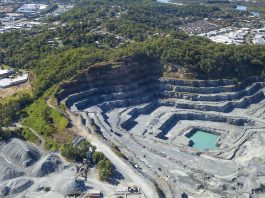Hon Grace Grace from the Queensland Government outlines the objectives and benefits of the State’s Battery Industry Strategy.
Queensland is poised to become a leader in the global battery industry as it launched its comprehensive five-year strategy.
The strategy, which aims to capitalise on the state’s abundant critical minerals and mining expertise, is focused on fostering innovation, driving investment, and promoting Queensland as a hub for advanced materials and battery production.
With a targeted investment of $570m across key themes, Queensland is primed to create thousands of jobs and generate substantial economic activity while advancing its renewable energy and sustainability goals.
Hon Grace Grace, Minister for State Development and Infrastructure, Minister for Industrial Relations, and Minister for Racing at the Queensland Government, explores the objectives, implementation plan, and anticipated benefits of Queensland’s Battery Industry Strategy.
What is the primary objective of the Queensland Battery Industry Strategy?
This five-year strategy will implement new and existing initiatives to make the Sunshine State the nation’s battery industry leader and ensure our communities benefit directly from the job and economic opportunities this will bring.
How is Queensland positioned to help grow a sustainable battery supply chain?
As the world moves towards net zero, global demand for batteries will increase by tenfold by 2030.
The Queensland Government’s 75% emissions reduction target, enshrined in law, supports the investment certainty to build a battery industry here in Queensland, which will supply not just Australia but the world.
To date, we have supported $11bn of investment in renewables and 8,500 construction jobs.
Now is the time for us to capitalise on the opportunities energy storage offers due to the transformation of global energy systems.

Why is developing a battery supply chain in Queensland important to the state?
Our Queensland New-Industry Development Strategy (QNIDS) identifies the battery industry as a priority sector with the potential to generate up to $1.3bn of economic activity and 9,100 jobs by 2030.
This can be achieved by building upon Queensland’s critical minerals and mining expertise and by attracting value-adding investment in mineral refining, processing and advanced material and cell manufacturing.
It will mean investment, economic growth, and more jobs for regions across our state.
How does the distribution of funding across the three key themes reflect the strategic priorities outlined in the Queensland Battery Industry Strategy?
The Queensland Battery Industry Strategy targets approximately $570m in new and existing funding across three key themes:
- $275m to support industry to innovate and commercialise battery technologies, including $105m in state funding to plan and establish the Australian Battery Industrialisation Centre in partnership with the Australian Government.
- $92.2m to drive battery investment and supply chain growth, including an $80m industry grant programme.
- $202.5m to promote and position Queensland as the preferred supplier of advanced materials and batteries to domestic and international markets, including $5m to establish Batteries Queensland, a central point of contact for industry to connect with relevant government agencies and access support.
The three major themes within the strategy reflect research findings and valuable industry and stakeholder input. In particular, the importance of collaboration is reflected in the actions and implementation plan.
Importantly, Queensland’s regions will play a major role in successfully delivering this strategy, with huge dividends expected through the creation of new jobs, more economic growth, and long-term prosperity.
Working with our partners at the local and national government levels, Queensland will focus on building out the battery industry supply chain to meet global demand for high-quality battery materials and grow local cell manufacturing capabilities.
How will the strategy help to maximise Queensland’s critical minerals potential and align with broader state or national goals related to renewable energy and sustainability?
There are more than 70 known resources of major battery minerals in three hubs across Queensland: the North West Minerals Province, North East Minerals Province, and the central region.
Growing these capabilities to extract even greater value from our resources will enable us to supply advanced battery materials to local and international battery manufacturers.
The Queensland Government is maximising the opportunities opening-up through decarbonisation and a clean energy future.
Can you outline how the strategy will be implemented over the next five years?
The Queensland Government is working with business, industry, and research institutes to realise opportunities and create a diverse and dynamic battery sector to support Queensland’s transition to reach zero net emissions by 2050.
Over the next five years, the strategy will benefit from approximately $570m in investment, positioning Queensland to be at the forefront of battery technology development and commercialisation.
What are the anticipated benefits associated with the implementation of the strategy?
There has already been significant progress and substantial investment made to support battery manufacturing, including investment in battery projects across the state including the Queensland Energy Storage and Technology Hub facility at Banyo, Alpha HPA in Gladstone and Vecco in Townsville.
The strategy is a five-year action plan to supercharge growth as the world decarbonises and strengthens Queensland’s position as a globally competitive investment destination.
This could translate to more than 9,100 jobs and contribute $1.3bn to our economy by 2030.









